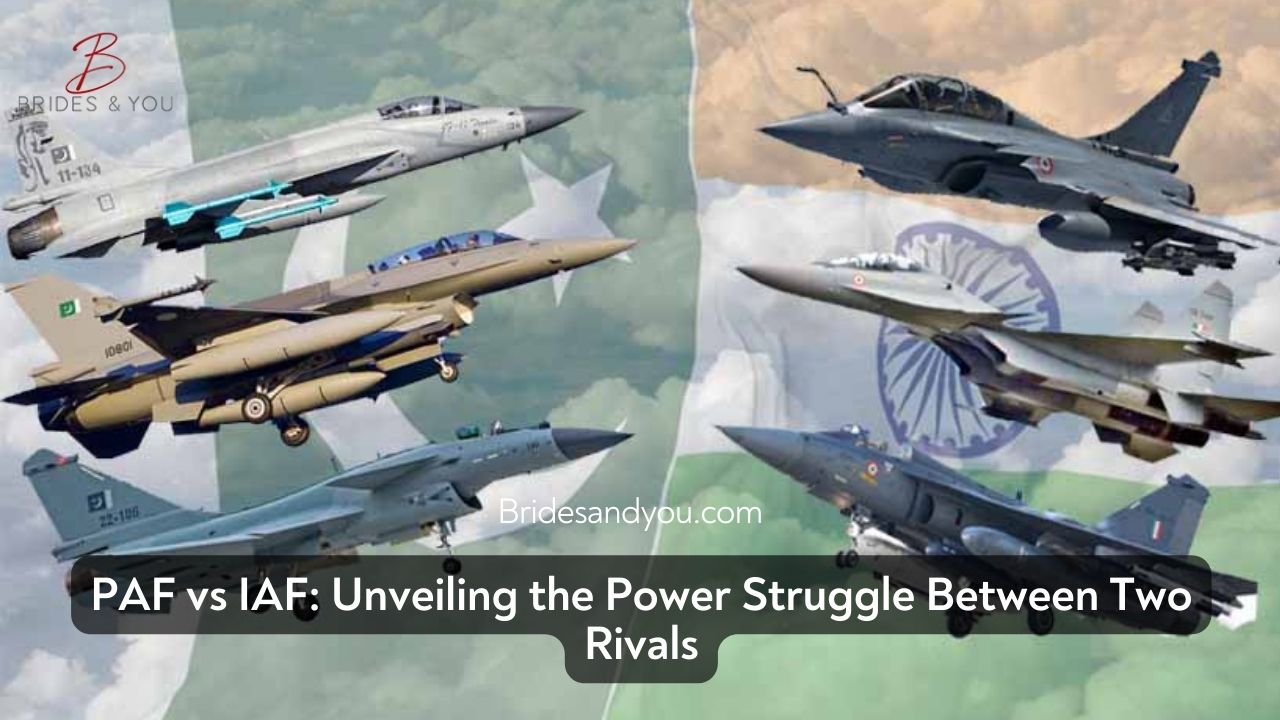Now Reading: PAF vs IAF: Unveiling the Power Struggle Between Two Rivals
-
01
PAF vs IAF: Unveiling the Power Struggle Between Two Rivals
PAF vs IAF: Unveiling the Power Struggle Between Two Rivals

The skies over South Asia have always been a battleground for prestige, strategy, and survival. Following the tragic attack in Pahalgam, Indian Illegally Occupied Jammu and Kashmir (IIOJK), on April 22, 2025 — which claimed the lives of 28 individuals, including Navy officers, intelligence operatives, and civilian tourists — global eyes have once again shifted to the ongoing power dynamic between Pakistan and India, particularly between their air forces: the Pakistan Air Force (PAF) and the Indian Air Force (IAF).
The Resistance Front (TRF) took responsibility for the Pahalgam attack, citing it as part of their larger struggle against demographic changes post the abrogation of Article 370 in 2019. Beyond the immediate political implications, this tragic event also reignites debates about military readiness, technological prowess, and strategic planning between these two nuclear-armed neighbors.
Strength in the Skies: Technology and Capabilities
Pakistan Air Force (PAF): Precision and Integration
The Pakistan Air Force prides itself on a highly effective and integrated fleet. Its core strength lies in the JF-17 Thunder series, especially the latest Block III variant, boasting AESA radars, cutting-edge Beyond Visual Range (BVR) missile systems, and digitally enhanced avionics. The addition of Chinese J-10C fighters—advanced 4.5+ generation jets—further strengthens PAF’s air dominance capability.
PAF’s legacy platforms like the American F-16s also remain a major force multiplier, particularly in air-to-air combat and dogfights. The synergy between these aircraft, bolstered by highly professional training programs and strategic doctrines, makes PAF an agile and responsive air force ready to meet challenges head-on.
Indian Air Force (IAF): Numbers and Diversity
India’s air fleet boasts a larger numerical advantage, fielding over 600 fighter aircraft compared to Pakistan’s 350. India’s crown jewel is the French-made Rafale, equipped with Meteor missiles, SCALP cruise missiles, and exceptional electronic warfare suites. The Su-30MKI, a heavyweight Russian-origin fighter, forms the backbone of the IAF alongside the indigenous Tejas Light Combat Aircraft (LCA), which is still in the process of achieving full operational maturity.
While India’s technological diversity appears advantageous, the operational integration of such varied platforms remains a significant challenge, often affecting seamless performance during high-pressure operations.
Numbers Aren’t Everything: Strategic Superiority Matters
In the modern age, warfare is less about overwhelming numbers and more about operational efficiency, speed of execution, and strategic planning. Pakistan’s PAF, though smaller in size, consistently demonstrates remarkable agility and preparedness. The 2019 Balakot episode is a testament: Pakistan’s swift retaliation, downing of an Indian MiG-21, and the capture of Wing Commander Abhinandan sent a loud and clear message — strategy and execution outweigh sheer numbers.
Pakistan’s emphasis on joint exercises, real-time decision-making, and the integration of new technologies ensures that its air force can rapidly mobilize, adapt, and respond to dynamic threats.
Beyond Hardware: Training, Doctrine, and Response
India’s larger defense budget enables it to procure a wider variety of weapon systems, but managing the interoperability of French, Russian, Israeli, and indigenous technologies poses persistent issues. In contrast, Pakistan’s focused investment in interoperable platforms and professional training allows the PAF to react quickly and efficiently during crisis scenarios.
Modern air combat is evolving — it’s no longer solely about firepower. Strategic superiority, accurate execution, and highly effective training now define a nation’s aerial strength. And in these critical areas, Pakistan’s Air Force consistently outpaces its Indian counterpart.










